A slimeball is a crafting ingredient commonly dropped by slimes, and can be sneezed out by pandas. They can be hard to find, as both slime and panda are rare spawns. In this article, Gurugamer is going to showcase how to get slimeballs in Minecraft 1.19 and their best usages.
1. How to get slimeballs in Minecraft 1.19
Slimes are one of the few mobs with specific spawning conditions. These bouncy mobs can spawn in swamp biomes on the surface when the light level is below 7. However, waiting for them to actually spawn in the swamp is rather inefficient. Players should focus on finding "Slime Chunks" which are underground chunks that have a high rate of spawning slimes.

The panda is even harder - it takes ages to find them and even then they barely drop any slimeballs.
2. How to find Slime Chunks 1.19 and 1.20
- To find slime chunks, players have to dig deep down to Y level 30 and mine out a 4-block tall area (In Java edition, players can use F3+G to see chunk borders). To quickly mine, players should prepare pickaxes with efficiency.
- Mark out the border using fences then light the whole area with any light source.
- Move 24 blocks away from the mined-out area and return to see which chunks have slime spawned inside them. Due to fences, they will stay inside those chunks.
Alternatively, players can also use 3rd party tools such as Chunkbase to locate slime chunks in Minecraft. Just enter your world seed into the Slime Finder tool, then select your Minecraft version. This tool allows players to farm slime right away without having to manually dig and fence.
To get your world seed, Java players can just type "/seed" in chat. Bedrock players need to go to Options to check.
Apart from these mechanics, there are also certain light-emitting blocks on which slimes can spawn randomly. These light-emitting blocks are:
- Jack o’Lantern
- Redstone Lamp
- Respawn Anchor
- Cave Vines
- Torch
- Blast Furnace
- Furnace
- Smoker
- Glowing Obsidian
- Soul Torch
- Glow Lichen
- Redstone Torch
- Amethyst Bud
- Brown Mushroom
3. How to build a slime farm in Minecraft 1.19
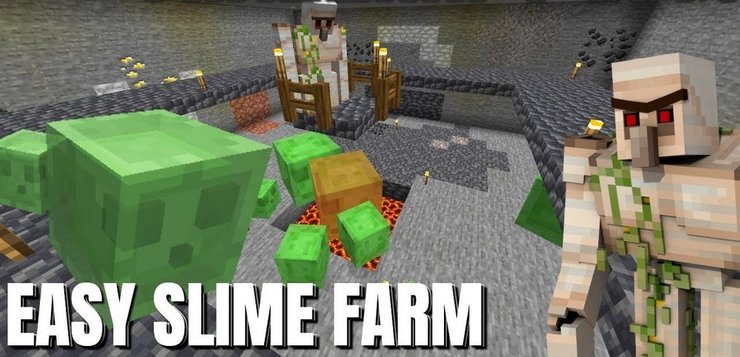
Slimeballs serve as crucial components for numerous essential items, often depleting rapidly. Luckily, crafting a slime farm can flood you with an abundance of Slimeballs! Here's a guide on creating your inaugural slime farm:
- Use Chunkbase to locate a nearby slime chunk.
- Dig underground until you reach Y40 and carve out a 16x16 chamber with a depth of 20 blocks.
- Construct 10x10 platforms along the chamber's center, ensuring some air space separates each platform, allowing room for slimes to spawn.
- Illuminate the platforms using torches or candles to prevent other mobs from appearing.
- Position an Iron Golem opposite each platform on the walls.
- The Iron Golem will prompt slimes to hop over the edge. Enhance this setup by replacing sections of the floor with Magma blocks. Any surviving slimes will perish when they land on the Magma blocks.
Voila! Your slime farm is ready! After leaving the area for a while, return to find an ample supply of scattered Slimeballs waiting at the chamber's bottom for you to collect.
Slimes also drop experience points equal to their size: 4 for large slimes, 2 for medium slimes, or 1 for small slimes. Because slimes split into 2-4 smaller slimes when they die, a player can earn a possible maximum of 28 experience points from killing one large slime and all the slimes that split from it.
Because of that, a slime farm is also a very good XP farm.
Panda farm
If you'd rather gather Slimeballs in a more serene manner, consider establishing a Panda farm! Breeding Pandas unveils a unique source of Slimeballs—baby Pandas that have a knack for sneezing them out, a much more adorable alternative to battling slimes with a Diamond sword.
To initiate Panda breeding, feeding them Bamboo is essential. However, ensure there are at least 8 blocks of Bamboo within 5 blocks of the parent Pandas for them to enter a state of affection and initiate the breeding process.
4. What are the best uses for Slimes?
Create sticky pistons
What makes sticky pistons different from common pistons is that they can also pull blocks. You can make the pistons sticky by adding slimeballs to the recipe.
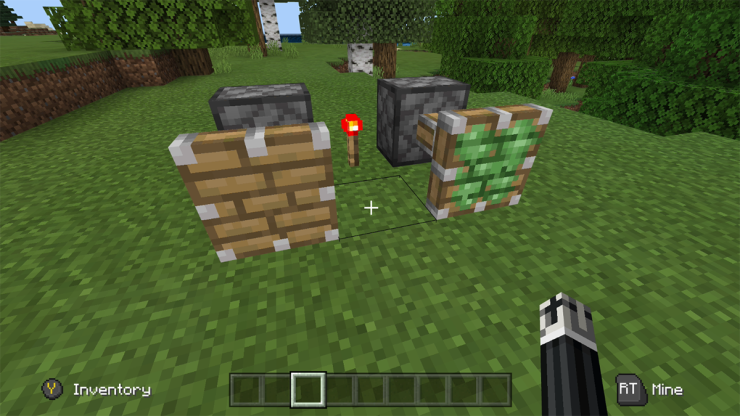
Place slimeballs and regular pistons on the crafting table and you will have sticky pistons in your hand.
Create Lead
The player can leash mobs with a lead and move them to a certain place. You can craft a lead with a slimeball and four strings.
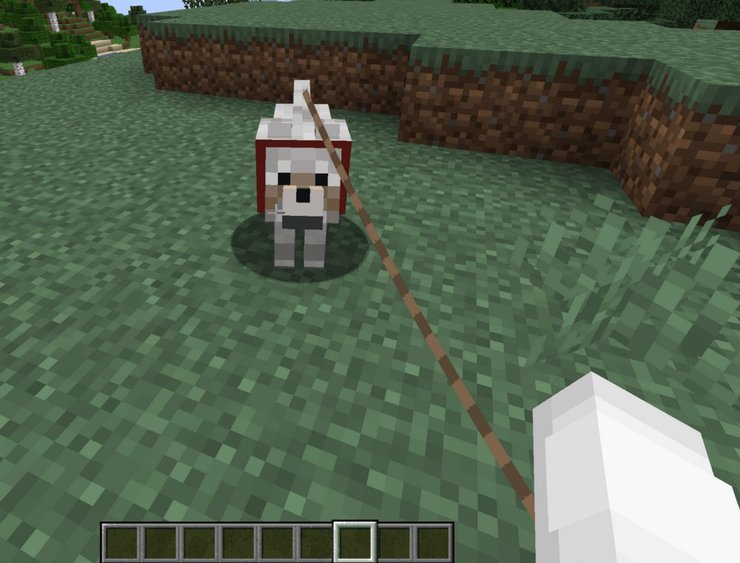
Create slime blocks
A slime block is a storage block equivalent to nine slimeballs. It has both sticky and bouncy properties making it useful in conjunction with pistons to move both blocks and entities. Players can create a slime block with 9 slimeballs.

Create fire resistance potions
Fire Resistance grants immunity to damage from fire, blaze fireballs, fire charges, magma blocks, and lava. Negates any bonus fire damage from bows enchanted with Flame and swords enchanted with Fire Aspect, but the attacks themselves are unaffected.
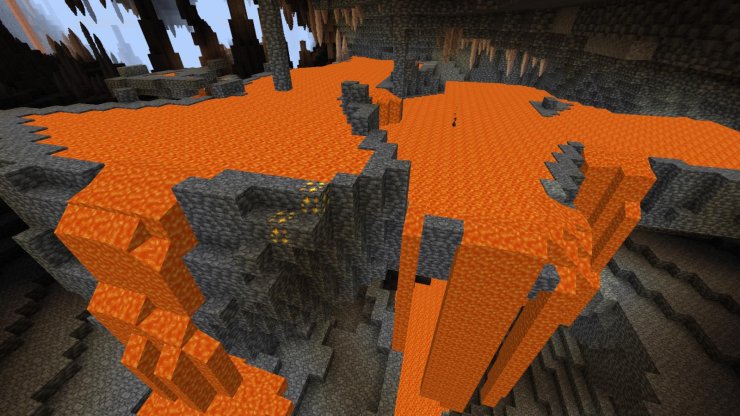
Players can craft these potions using magma cream (slime + blaze powder) and awkward potions.
Create magma blocks
As mentioned above, magma cream can be crafted using slimeballs and blaze powder. Afterward, players can combine 4 magma cream pieces to create a magma block. They are super useful in creating traps and bubble elevators for water builds.
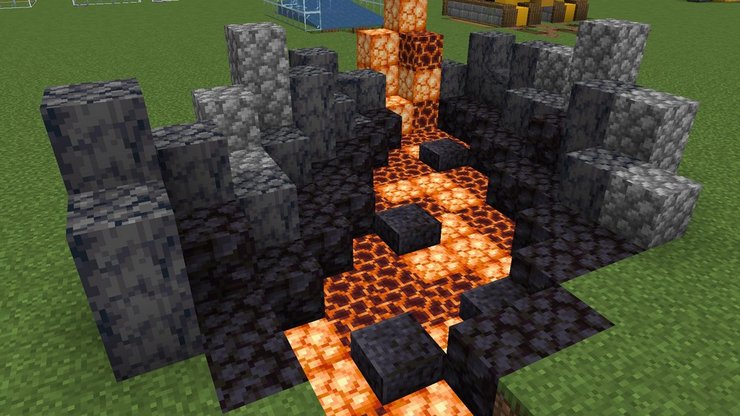
When a water source is directly above a magma block, a whirlpool bubble column is created, going down from the highest source block. Anything encountering the bubble column is pulled down, including items, boats, players, and mobs. A player can restore breath underwater by entering a magma block's bubble column.
5. Minecraft Slime Chunks behavior
The behavior of Slime chunks in Minecraft is noteworthy due to their hostile nature. Before embarking on a hunt for these creatures, it's essential to grasp some key details:
- Slime chunks exhibit aggression towards entities within a 16-block proximity.
- These creatures possess the ability to navigate water, ascend ladders, and employ scaffolding as needed.
- They're among the entities and mobs that remain mobile even in the absence of nearby players.
- Slimes move by leaping between spots, and the distance they cover with each jump correlates with their size. Larger slimes have a greater jumping range compared to smaller ones.
- Dispatching medium and large Slime chunks results in their division into multiple smaller slimes. Eliminating them all offers a substantial experience points boost.
>>> Read more: Top 5 Best Medieval Resource Packs In Minecraft 2023










Comments